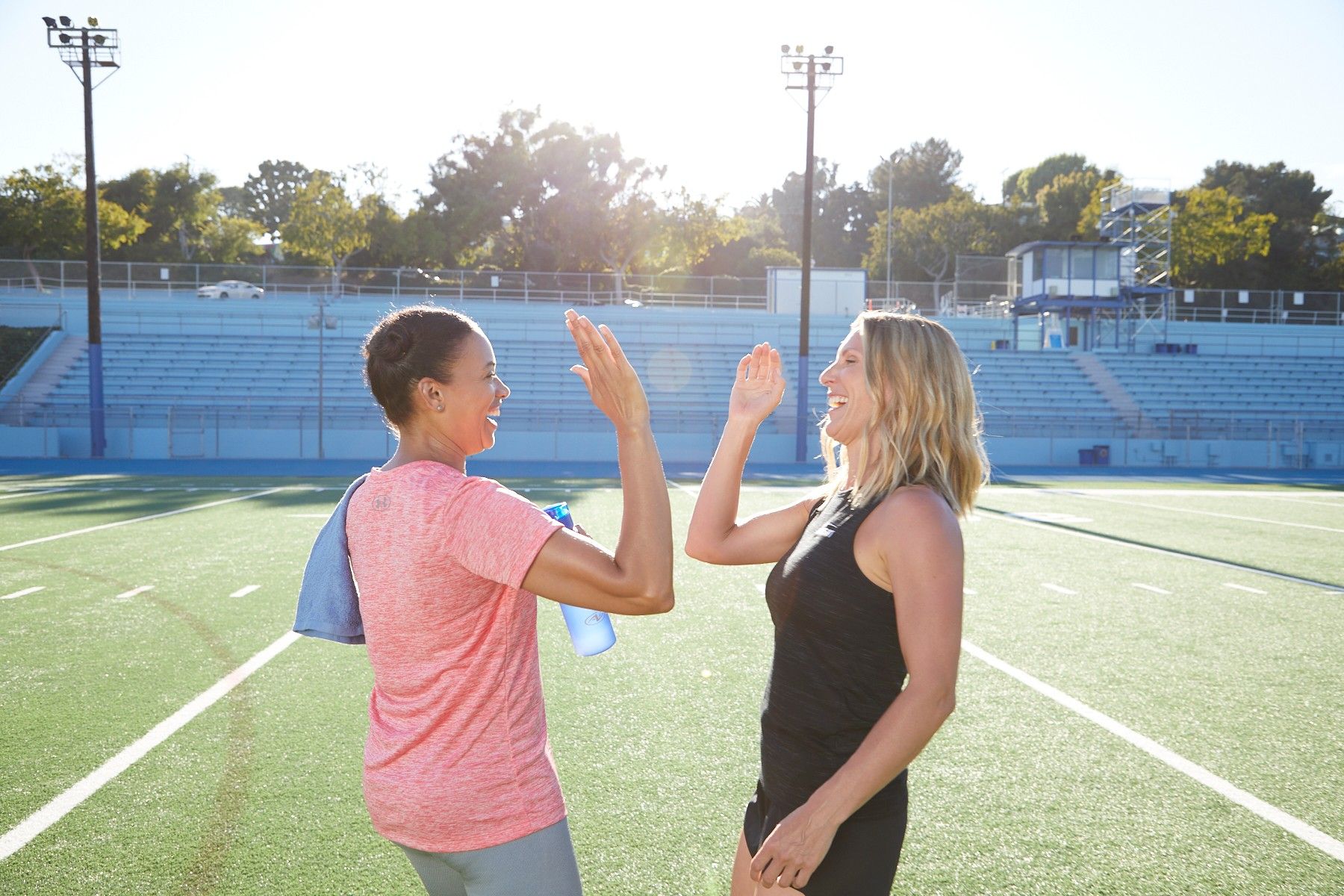Chapter 13: Integrated Training and the OPT™ Model
After complete interpretations of assessment results, a comprehensive training program can be developed through application of specific acute variables defined in the NASM OPT™ Model.
Chapter 14: Flexibility Training Concepts
Learn the scientific rationale for flexibility training, proper stretching exercises,
stretches for beginners, and more within this chapter of the course.
Chapter 15: Cardiorespiratory Training Concepts
Cardiorespiratory fitness reflects the ability of the cardiovascular and respiratory systems to supply oxygen-rich blood to skeletal muscles during sustained physical activity. You will learn more within the course.
Chapter 16: Core Training Concepts
A properly designed
core training program can be a key component of an overall training plan used to achieve a broad range of goals. The objective of core training is the development of core stability, endurance, strength, and power. Learn more within.
Chapter 17: Balance Training Concepts
The ability to maintain postural control or balance is a fundamental component of performance, injury resistance, and rehabilitation that follows an injury. Learn how to incorporate balance training within your clients’ programming.
Chapter 18: Plyometric (Reactive) Training Concepts
You will learn how to explain
plyometric training and its three phases, summarize the benefits of the modality, identify proper progressions, and teach proper cueing techniques.
Chapter 19: Speed, Agility, and Quickness Training Concepts
Speed, agility, and quickness (SAQ) training is a useful and effective method of fitness training that stimulates muscular, neurological, connective tissue, and even cardiovascular fitness adaptations.
Chapter 20: Resistance Training Concepts
You will learn how to summarize resistance training principles to clients, categorize exercises for different types of goals and adaptations, and employ safe methods and resistance training variables.

26 Infographics

102 Videos

8 Audio Lectures

42 Knowledge Checks



